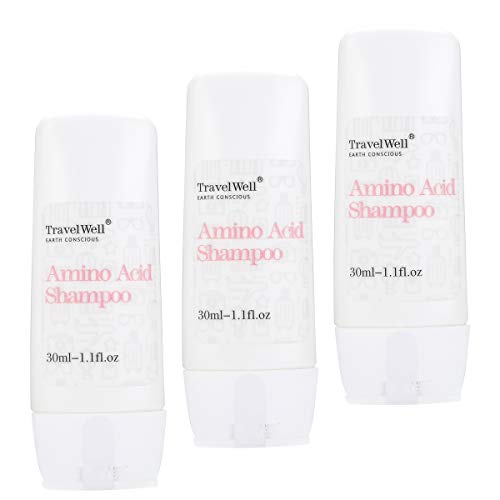Worldtraveller
Member
- Joined
- Apr 9, 2021
- Messages
- 6
- Reaction score
- 1
My wife and are hoping to get into a small B&B soon, so this discussion came up.
Where do you eat when you're having dinner?
The dining space is public, so what's the balance or trade off between eating in the dining room and making it feel homey, or not making guests feel like they are interrupting dinner?
If/when the pandemic is mostly under control we might occasionally invite guests to join us for dinner (assuming the food license laws allow it, still checking into all that).
Where do you eat when you're having dinner?
The dining space is public, so what's the balance or trade off between eating in the dining room and making it feel homey, or not making guests feel like they are interrupting dinner?
If/when the pandemic is mostly under control we might occasionally invite guests to join us for dinner (assuming the food license laws allow it, still checking into all that).




![Bed & Breakfast Tracker Plus for Mac [Download]](https://m.media-amazon.com/images/I/51iSnnH5vmL._SL500_.jpg)












![Bed & Breakfast Tracker Plus [Download]](https://m.media-amazon.com/images/I/51m1WPxMV7L._SL500_.jpg)











